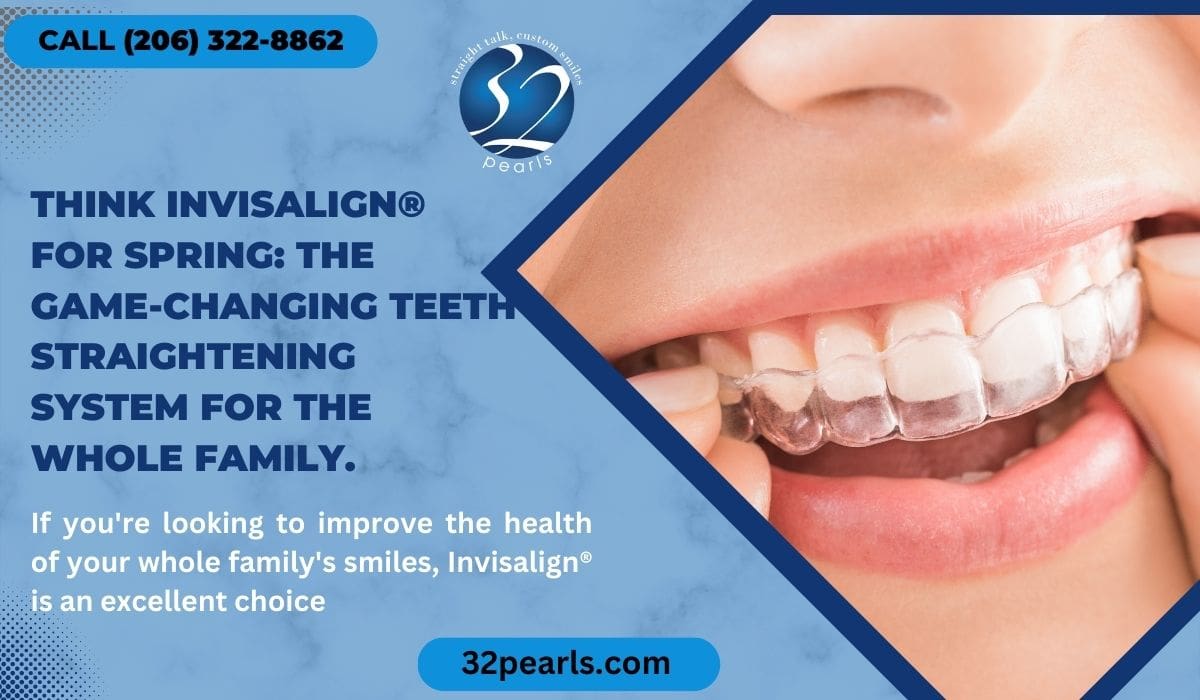What to Anticipate Throughout Your Invisalign Journey: A Comprehensive Overview
Invisalign vs. Typical Braces: Which Option Is Right for You?
When thinking about orthodontic treatment, the choice between Invisalign and conventional braces offers numerous crucial elements that merit careful evaluation. Invisalign offers a very discreet option with removable aligners, while traditional dental braces give a much more visible yet efficient solution for extreme misalignment.
Introduction of Treatment Choices

On the other hand, traditional braces are composed of metal brackets and cords that are bonded to the teeth. This technique uses continuous stress with time to achieve placement. While efficient for intricate orthodontic issues, conventional dental braces call for regular brows through for adjustments and can posture challenges in preserving dental hygiene as a result of the difficulty of cleansing about cables and brackets.
Both options have their values, and the option commonly depends upon specific dental conditions, lifestyle preferences, and client conformity. Inevitably, seeking advice from an orthodontic expert is crucial for identifying the most appropriate therapy plan tailored to individual needs. Understanding the nuances of each option can considerably affect the total success of orthodontic treatment.
Visual Factors To Consider
A considerable element influencing the option in between Invisalign and standard dental braces is the visual allure each treatment supplies. Invisalign aligners are crafted from clear plastic, making them essentially invisible when worn.
On the other hand, conventional braces contain metal braces and cables, which can be more obvious. While developments in orthodontic technology have actually led to the development of smaller brackets and colored elastics, traditional braces still preserve a more noticeable profile. For some individuals, the visibility of braces may deter them from seeking needed therapy.
Ultimately, the option between Invisalign and traditional braces might depend upon individual preferences concerning aesthetic appeals. Individuals who focus on discretion typically favor Invisalign, while those who are much less worried concerning visibility may opt for conventional dental braces. Recognizing the visual effects of each option is essential for making a notified decision that lines up with one's way of life and preferences.
Comfort and Convenience

In regards to ease, Invisalign aligners are detachable, making it possible for patients to enjoy their favorite foods without restriction and keep optimal dental health. Cleaning and flossing are streamlined, as the aligners can be secured during these routines, whereas conventional braces need mindful maneuvering around brackets and cords.
In contrast, standard dental braces require regular changes, making them less hassle-free for those with hectic schedules. On the whole, the comfort and ease of Invisalign make it an attractive choice for lots of individuals looking for orthodontic therapy.
Treatment Period and Effectiveness
While both Invisalign best site and typical braces are reliable in fixing oral misalignments, the duration of therapy can differ substantially in between the two choices. Generally, Invisalign therapy can take anywhere from 12 to 18 months, relying on the complexity of the situation. The clear aligners function by gradually moving teeth right into their wanted positions, and routine follow-ups with an orthodontist aid make sure progression continues to be on course.
In contrast, conventional dental braces often call for a longer dedication, usually ranging from 18 months to three years. This is because of their set nature and using brackets and wires, which can be extra reliable for complex situations and serious misalignments (Invisalign). The treatment performance of conventional braces is well-documented, as they enable exact modifications and higher control over tooth motion
Eventually, the selection in between Invisalign and standard dental braces may rest on both the expected therapy duration and the specific dental problems handy. Consulting with an orthodontist is crucial, as they can offer tailored recommendations based on specific demands, ensuring the picked approach straightens with preferred durations and end results.
Expense Comparison and Insurance Policy Alternatives
Price plays a considerable role in the decision-making procedure for people thinking about orthodontic therapy, whether going with Invisalign or standard braces. Generally, the expense of Invisalign ranges from $3,000 to website here $8,000, while traditional braces usually cost in between $2,000 and $6,000. Elements affecting these expenses include the intricacy of the case, the period of treatment, and geographical area.
Numerous dental insurance strategies provide partial protection for orthodontic treatments, however the specifics can differ extensively. Generally, standard dental braces might be more often covered by insurance site link policy strategies contrasted to Invisalign, which some insurance providers categorize as a cosmetic treatment.
Furthermore, numerous orthodontic techniques offer flexible payment plans, making both treatment options a lot more obtainable. People should ask about potential funding alternatives and discount rates for in advance repayments. Examining the overall expense, including insurance coverage advantages and layaway plan, is vital for making a notified decision that aligns with both visual choices and budget plan considerations.

Final Thought
In summary, the selection in between Invisalign and conventional dental braces depends upon numerous aspects, including visual choices, comfort, therapy duration, and expense. Invisalign offers a very discreet, removable choice that facilitates oral health and dietary adaptability, while conventional dental braces might be much more ideal for complicated oral issues and usually come at a lower rate point. Eventually, appointment with an orthodontist is vital to analyze individual scenarios and determine the most proper therapy option for achieving ideal oral placement.
When considering orthodontic treatment, the option in between Invisalign and typical braces presents a number of crucial variables that warrant careful assessment.Comparing Invisalign and standard dental braces exposes distinctive therapy alternatives for orthodontic improvement.While both Invisalign and traditional braces are effective in fixing dental misalignments, the duration of treatment can vary significantly between the 2 alternatives.Price plays a substantial duty in the decision-making procedure for people thinking about orthodontic treatment, whether choosing for Invisalign or conventional braces.In summary, the selection in between Invisalign and standard braces hinges on numerous variables, consisting of aesthetic preferences, comfort, therapy period, and expense.